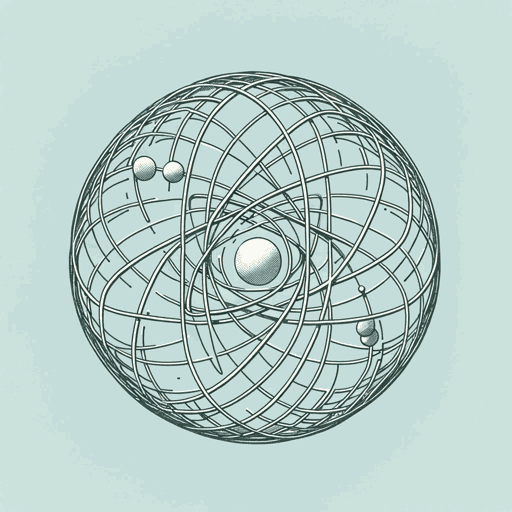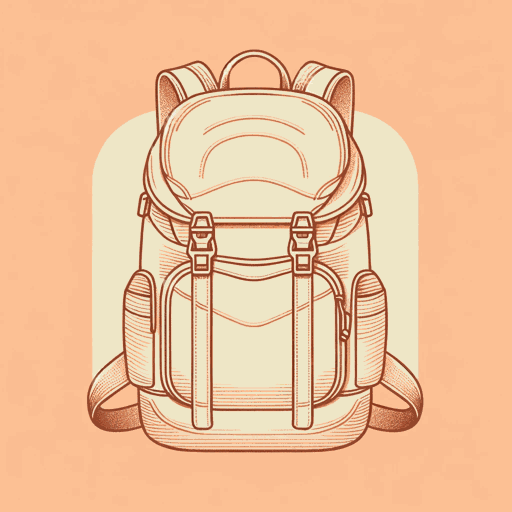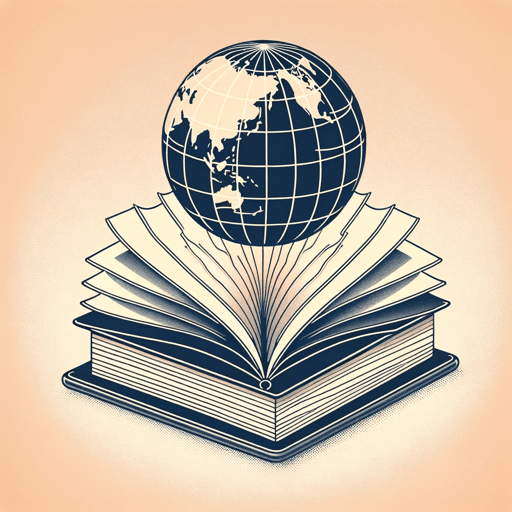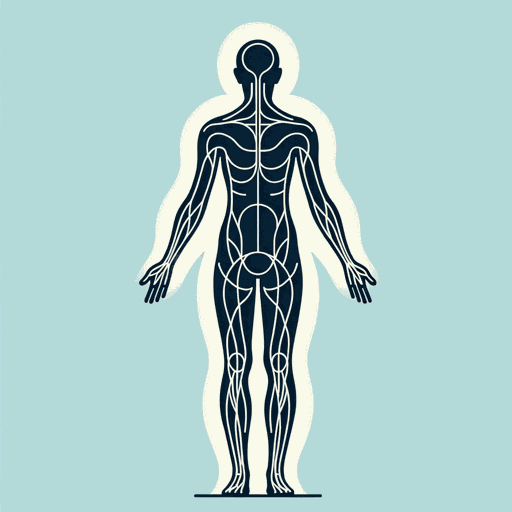73 pages • 2 hours read
Bill BrysonThe Body: A Guide for Occupants
Nonfiction | Book | Adult | Published in 2019A modern alternative to SparkNotes and CliffsNotes, SuperSummary offers high-quality Study Guides with detailed chapter summaries and analysis of major themes, characters, and more.
Chapters 7-11 Chapter Summaries & Analyses
Chapter 7 Summary: “The Heart and Blood”
The heart is a remarkable workhorse, pumping 100,000 times a day, moving 70 gallons of blood an hour. Human hearts have four chambers: two atria, where blood enters, and two ventricles, which push blood out to the body. One atrium and ventricle send blood to the lungs to pick up oxygen; the other two send blood to the rest of the body.
Blood pressure measures when the heart pumps—systole—and when it refills—diastole. A blood pressure of 120/80 means the heart is pumping at a systolic force that would raise a column of mercury 120 millimeters up a narrow tube, and at 80 millimeters while the heart refills.
The American Heart Association, since 2017, has considered 130/80 to be the low end of hypertension, which means nearly half of U.S. adults are hypertensive. Although medical advances have reduced deaths from heart attack to less than a third of their 1950 level, cardiovascular disease still costs Americans up to $300 billion a year.
The veins that return blood to the heart contain valves that prevent the blood from flowing backwards. Leg and other muscles, when in motion, help with the pumping chores.
Cardiac arrest occurs when the heart stops beating. A heart attack is when a portion of the heart stops receiving its own blood, usually from a blockage in a vessel feeding the heart, and begins to die.
Related Titles
By Bill Bryson

A Short History of Nearly Everything
Bill Bryson

A Walk in the Woods
Bill Bryson

In a Sunburned Country
Bill Bryson

One Summer: America, 1927
Bill Bryson

The Life and Times of the Thunderbolt Kid
Bill Bryson

The Lost Continent
Bill Bryson

The Mother Tongue: English and How It Got That Way
Bill Bryson

